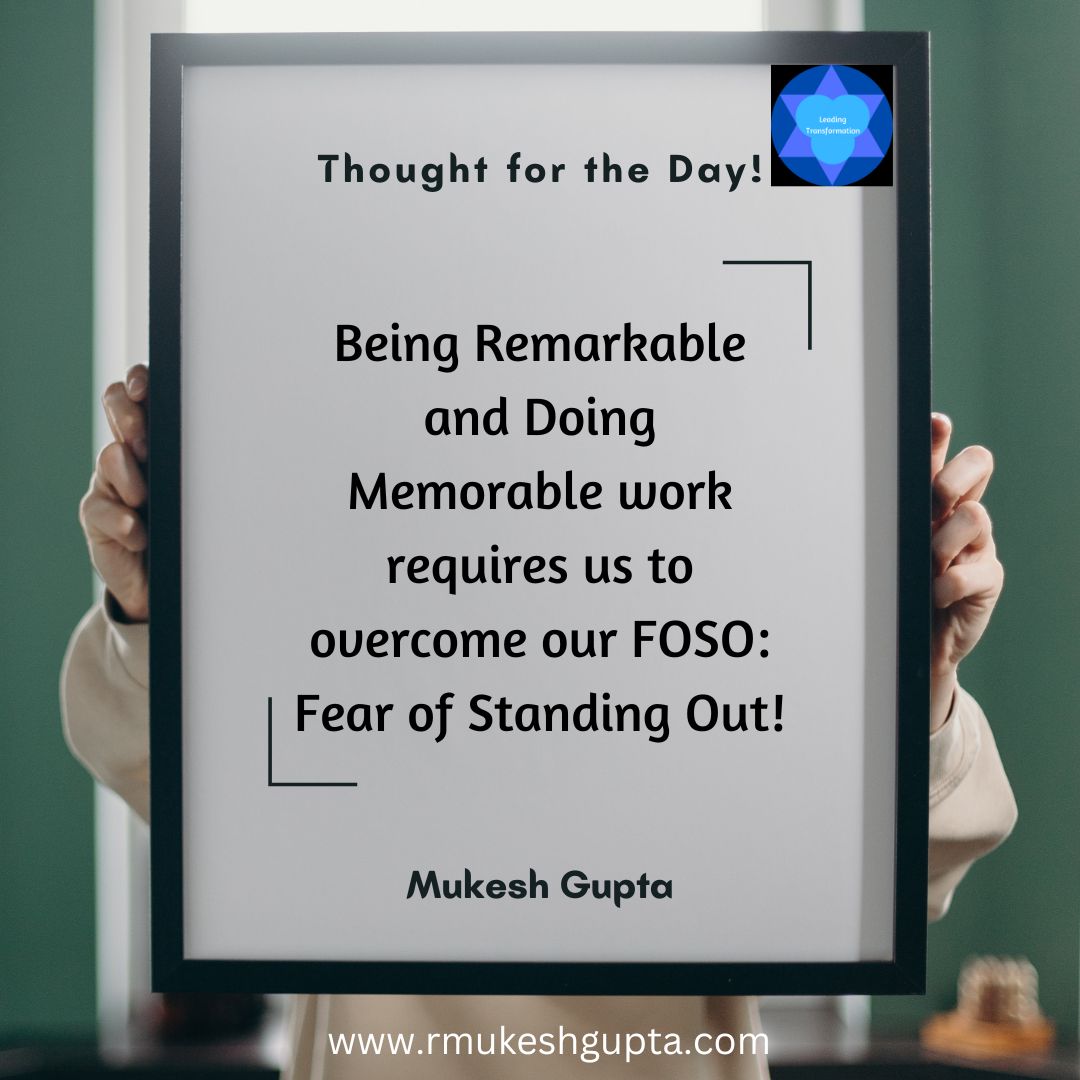In the past few years, I have started seeing a definite trend that is shaping up and one that can have an immense impact on all of us and how we do business.
There is more competition between networks of organizations competing with each other rather than individual organizations competing.
This was prevalent in the B2B space in the IT industry, where software vendors would team up with hardware vendors and implementation partners and go to market together. They win the deal together or lose the deal together to a different network.
Airlines around the world always had these networks (star alliance and partnerships with hotels and car rentals, etc).
Now, you could see this trend in a lot of other industries and in B2C space as well. This is evident with the number of co-innovation or open innovation programs that are being run in every industry.
P&G runs a program called Connect + Develop which has already delivered some block-buster products for them.
Apple could not have been as successful as it has been without having the strong network of app developers and content producers for their devices. Apple also depends on the various vendors from whom it sources its hardware parts from. What happens if one of its supplier fails to deliver its commitment? So it is for Google’s mobile platform. Microsoft is struggling because of their weak network.
Google even tried its attempt at cross brand promotion with their association with Nestle (Android Kit-Kat)
This alludes to the fact that it is no longer sufficient to increase your operational metrics but to start re-imagining how you could create a seamless network that when comes together is much stronger than each one of them individually could be.
This requires us to re-think about how we are organized and how decision making happens within organizations. This also calls for a highly empowered front-line staff (sales, service and support) that is able to read the market forces and decide the best partners to work with in a particular market for a particular product category and has the power to take the decision without having to go through a long process of approvals.
What would make this trend even more interesting is if some of these organizations are able to seemlessly share information about common customers.
Imagine if you book an airline, a hotel and a rental car. You provide your information once to the airline and not have to bother about it at all, as the airline shares your information to the hotel and the rental car seemlessly, so that they know exactly who you are and what your preferences are and the loyalty programs are inter-connected to all these service providers and the right points are automatically credited to your account immediately and seemlessly.
Imagine if you go to a grocery store and pick items that you need and find that there are some items that are not available or the brands that you need are not available. You inform the same to the billing clerk and he adds them to your purchase and the items that are missing are delivered to you at your home same day or next day depending on when you place the order, courtesy of the network (the retailer has a connect with their supplier, who ships the item with a shipper like fedex and the package is delivered).
In such a future, it is not enough to partner on a need basis and only to sell something. It is crucial that the flow of information is seem-less through the network.
Organizations that are able to achieve this seem-less information sharing first and are able to execute on them will have a big first mover advantage. This kind of capabilities are very difficult to replicate, which in turn means that the entire network now has an enviable and sustainable competitive advantage.
Now, couple this with the diminishing importance of branding as Itamar & Emanuel argue in their HBR post and you now have the recipe for small, nimble players being able to compete and win against big monolithic organizations. There is one such network already functioning, in the highly competitive automotive manufacturing industry.
These are my thoughts. What do you think? How difficult is it for organizations to be able to create such a network and thereby competitive advantage? Do you agree that this could be a possibility in the next couple of years?
Please share your thoughts so that we can continue our discussion.
You could connect with me on twitter, LinkedIn, Facebook, Google+.
PS: Some very interesting posts that I have read about this topic are here.




